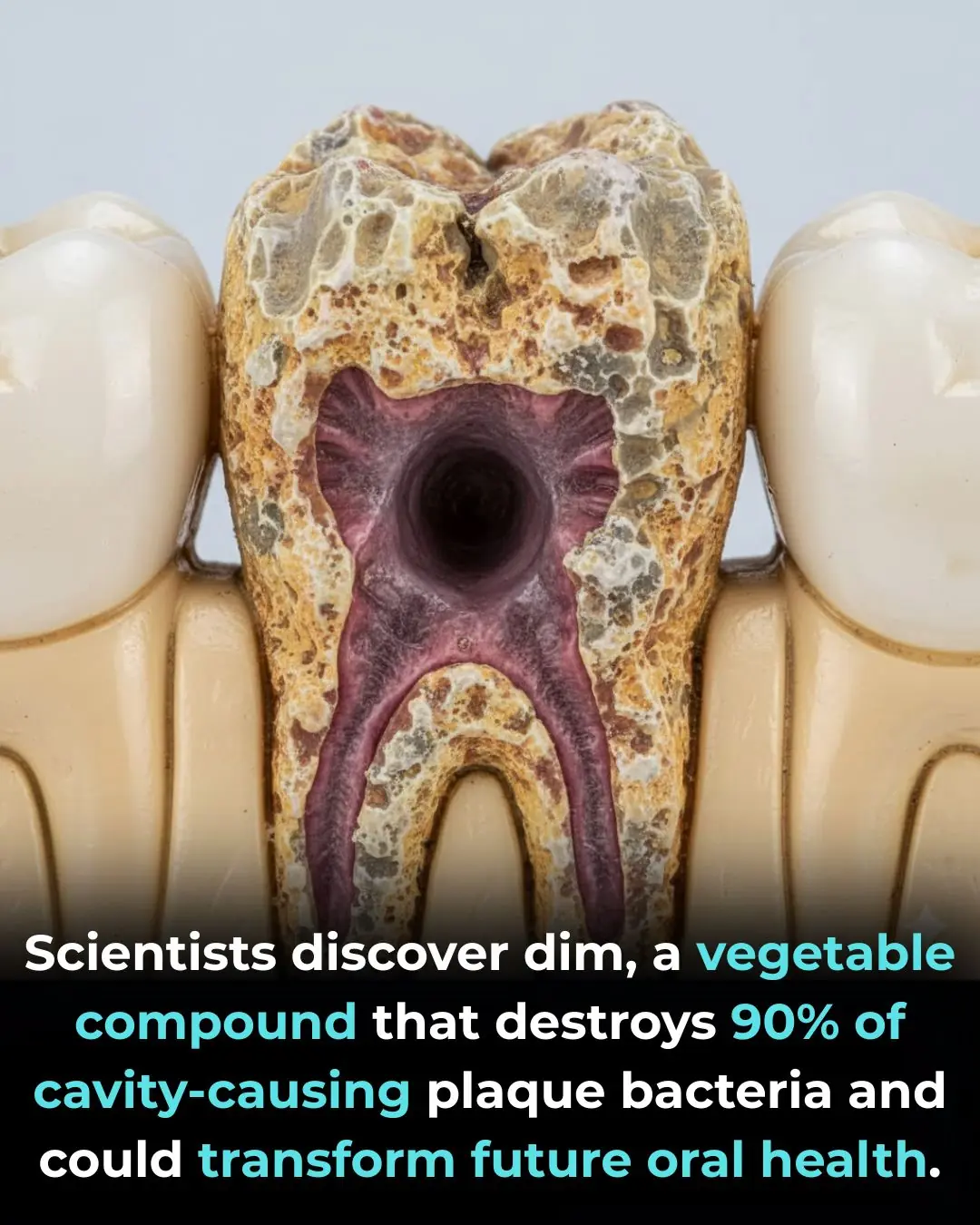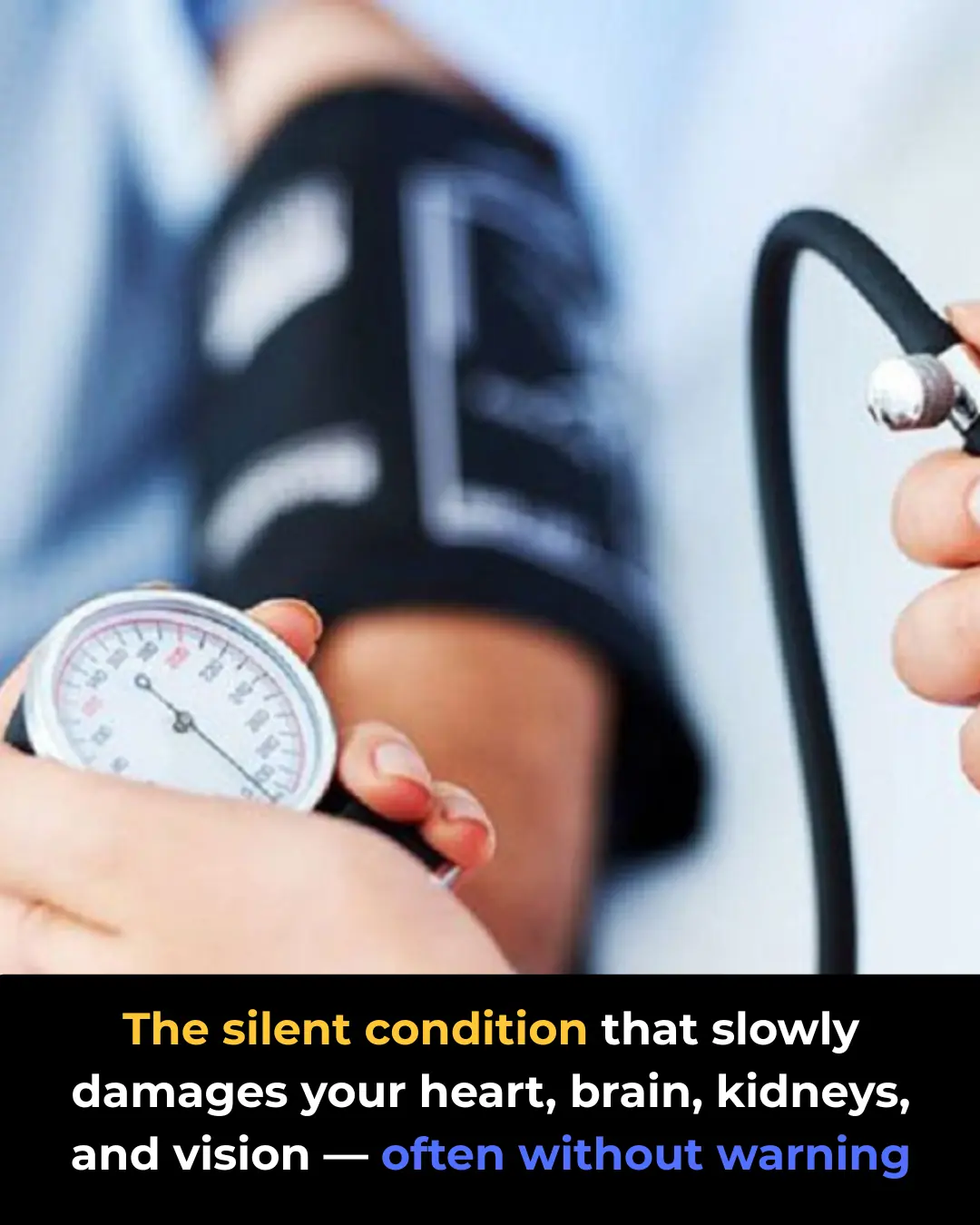
When bitten by a snake, you should do these things first
When it comes to an emergency, not just in agriculture but in general, having the right training and knowledge for a quick first-aid response can save lives.
When the warmer seasons see a spike in temperature, it's important to educate your workers as part of their health and safety practices.
Discuss what to do if anyone is bitten by a snake, where snake bites commonly occur and the importance of identifying deadly snakes.
The Royal Flying Doctors Service (RFDS) has estimated that there are around 3,000 snake bites in Australia every year. With recent figures recording 550 hospitalisations and two deaths due to snake bites each year.
According to both the RFDS and the Australian Snakebite Project, in attacks where the snake was positively identified, the brown snake was the most common biter (41%), followed by the tiger snake (17%) and red-bellied black snake (16%). Three-quarters of the people bitten by snakes are males aged in their 30s - a common demographic among Australian farmers.
Despite popular opinion that snake bites happen out in the bush, the RFDS recorded that 57% of snake bites actually occur near houses, not in the bush. Half of all bites occurred while people were out walking, with gardening and trying to catch a snake the most common other scenarios.
Snakes will often be close to farmhouses and buildings in search of water or mice. Maintaining a clean yard area including keeping water sources located in set areas, removing attractions for rodents and maintaining vegetation levels will help lessen the attraction for snakes. This type of yard maintenance also reduces fire fuel loads in peak fire seasons.
More than 90% of snakebites happen on the upper or lower limbs, so ensuring you have adequate personal protective equipment (PPE) can provide protection when the correct footwear, long pants and sleeves and gloves are used while working outside.
Adequate first aid training and knowledge of what to do in all emergencies, including a snake bite emergency, can be critical to survival and should form part of your farm safety policies and regular training refresher modules for staff. Staff should be well-informed of first aid kit locations and emergency contact details.
Surprisingly, the bites are often painless and may go unnoticed as there may only be light lacerations, scratches, or light bruising along with some bleeding or swelling. Common symptoms include an unexplained collapse, vomiting and abdominal pain, bleeding or paralysis.
Did you know there are two different types of snake bites?
The Dry Bite
Whilst dry bites can be painful and cause swelling and redness, the bite itself is “dry” as the snake does not release venom. Remember, you can’t always tell which type of snake bite a person has suffered so you should always seek medical attention.
The Venomous bite
As mentioned previously, a venomous bite is where the snake releases venom containing poison into a wound. This poison is used to stun, numb or kill the victim. Venomous bites will also result in swelling and redness as well as nausea, blurred vision, irregular heartbeat, breathing difficulty and a number of other symptoms.
It is essential to act quickly after a snake bite.
Here are our top 6 do’s and don’ts if you are bitten by a snake:
-
Do seek medical help immediately as the venom can cause severe damage to health or even death within a few hours.
-
Do NOT allow the victim to walk or move their limbs. Use a splint or sling to minimise all limb movement. Put the patient on a stretcher or bring transportation to the patient.
-
Do NOT incise or cut the bite or apply a high tourniquet. Cutting or incising the bite won't help. High tourniquets are ineffective and can be fatal if released or result in loss of limb.
-
Do bandage firmly, splint and immobilise to stop the spread of venom. To slow the spread of venom, major medical associations recommend placing a folded pad over the bite area. Then apply a firm bandage to wrap the entire limb, from bottom to top. It should not stop blood flow to the limb or congest the veins. Only remove the bandage in a medical facility, as the release of pressure will cause a rapid flow of venom through the bloodstream.
-
Do NOT wash the area of the bite or try to suck out the venom. It is extremely important to retain traces of venom for use with venom identification kits.
-
Do NOT attempt to catch/kill the snake. Recent advances in medication mean that snakebites can be treated with a generic polyvalent anti-venom, so you do not need to stay in the area to identify the colour and type of snake.
Once initial first aid has been applied in any situation, medical attention should be sought immediately. When it comes to emergencies, empowered agricultural employees are safe employees.
News in the same category


Hypertension Crisis: Warning Signs You Need Immediate Care
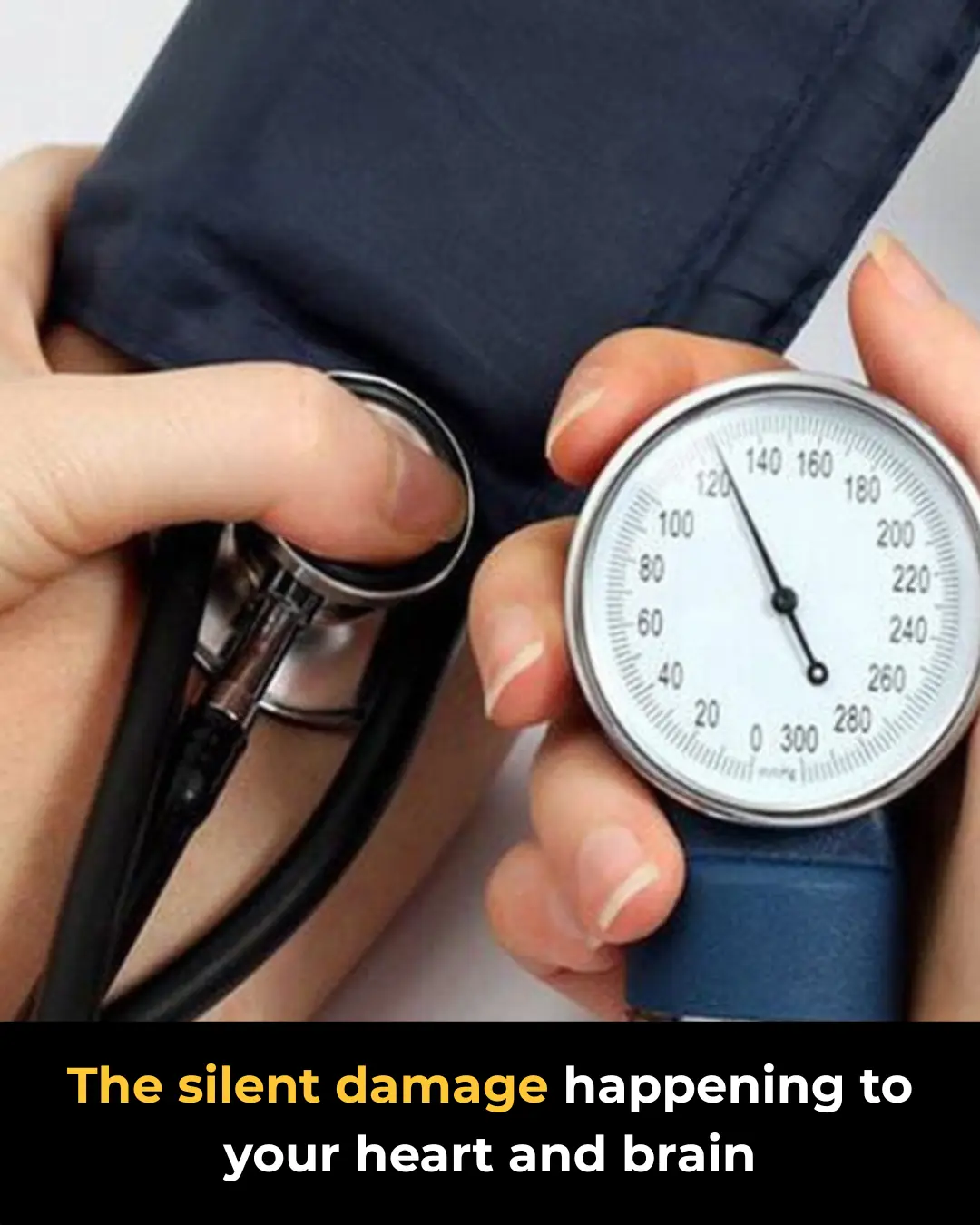
Uncontrolled Blood Pressure: Hidden Risks to the Heart and Brain

Shortness of Breath: When It Signals a Serious Lung Problem
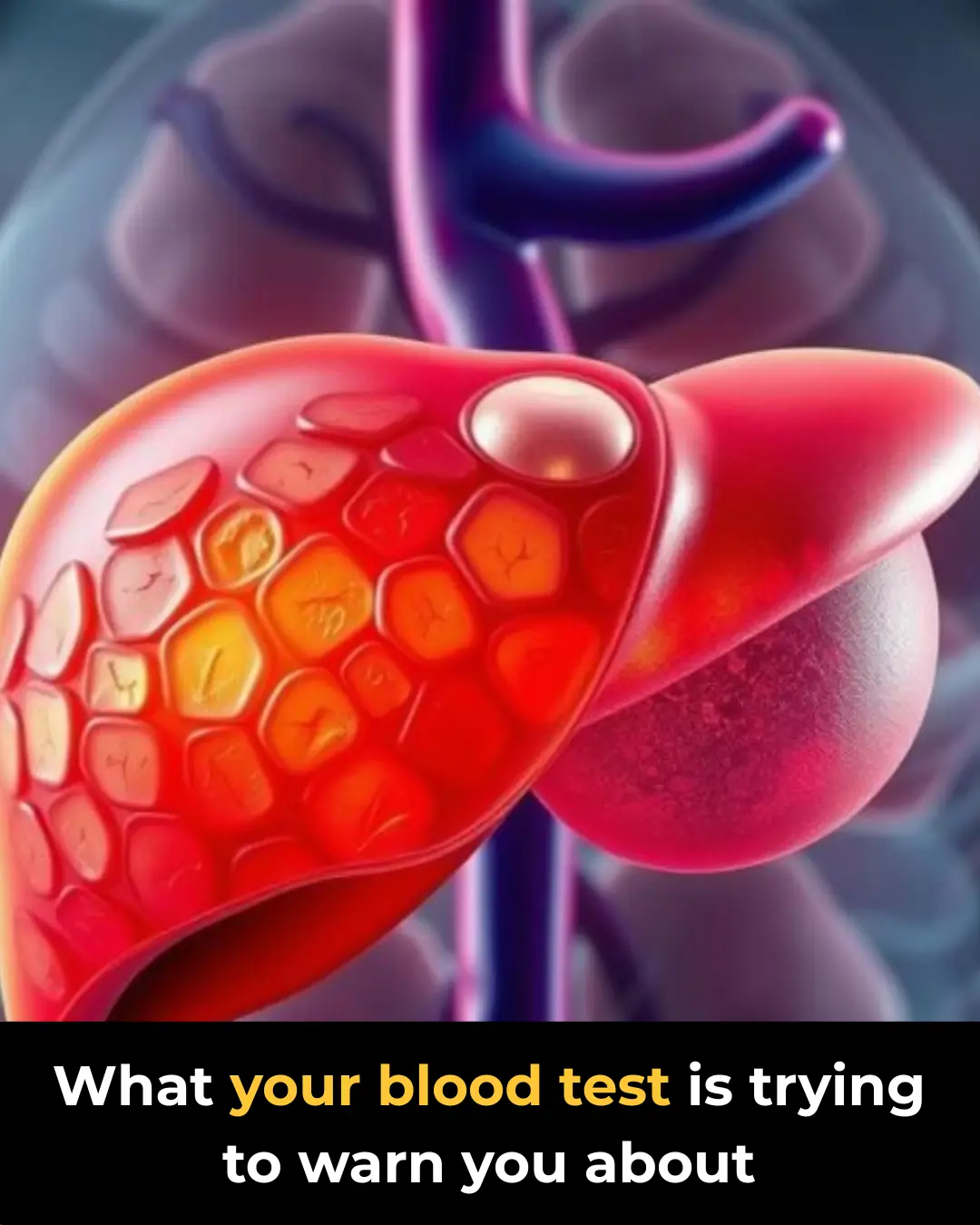
High Liver Enzymes: What Blood Tests Are Telling You

How to Reset Your Thyroid to Burn Fat and Activate Your Metabolism

6 Natural Ways To Stop Gum Disease Before It’s Too Late

Plant-Derived Nutrient Cocktail Achieves 100% Kill Rate of Breast Cancer Cells In Vitro
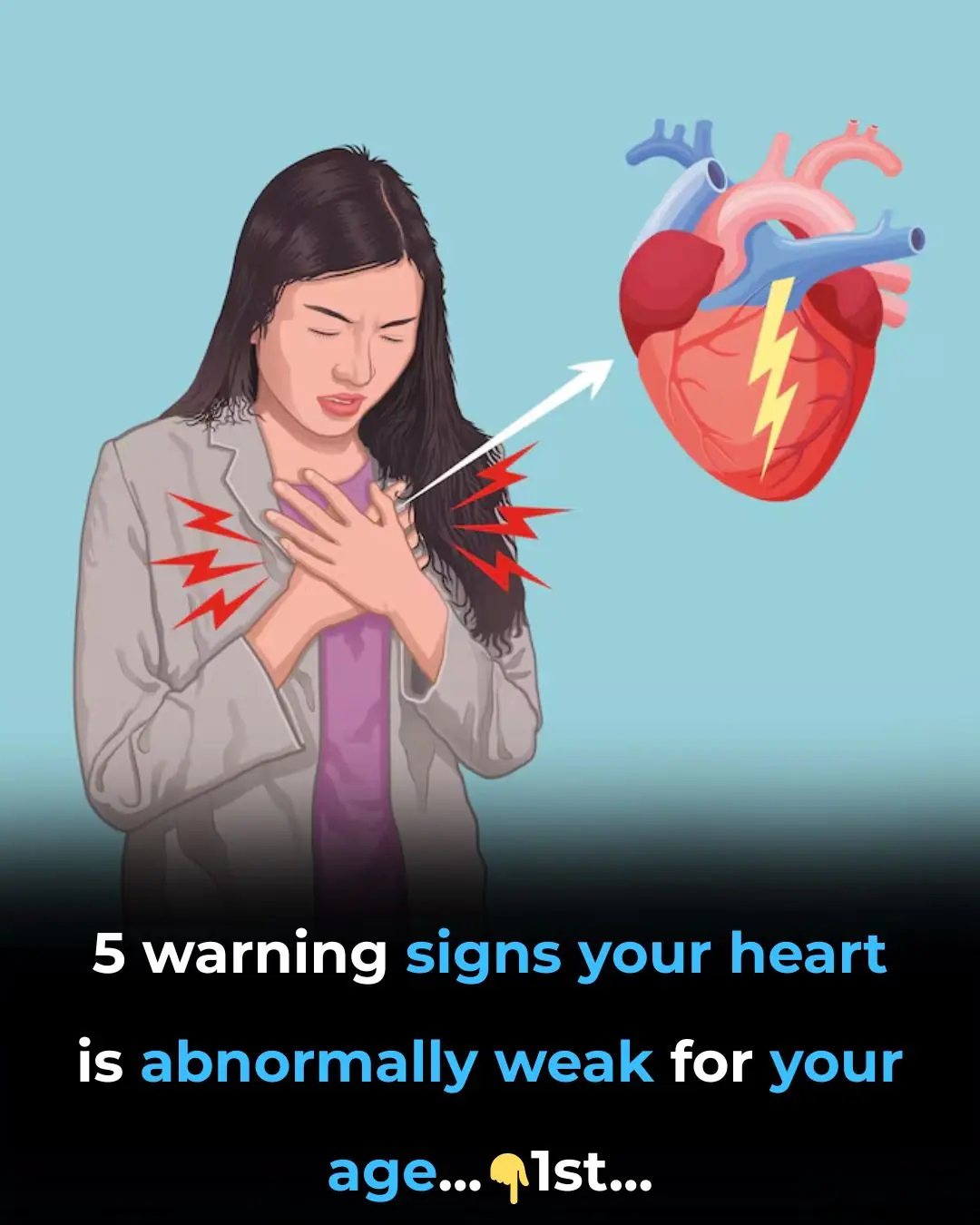
5 warning signs your heart is abnormally weak for your age

Active Vitamin D Levels, Not Storage Form, Linked to Greater Gut Microbiome Diversity in Older Men
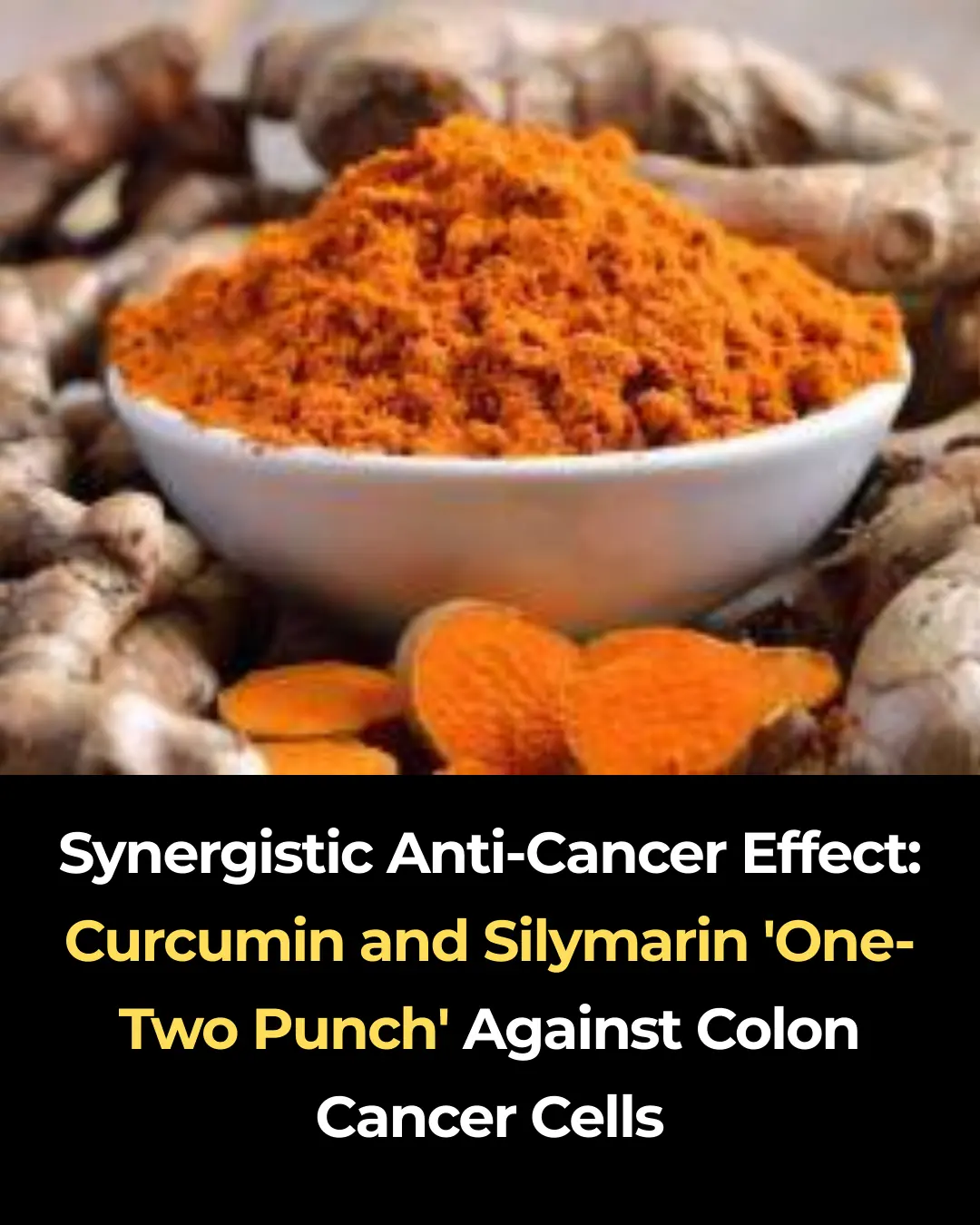
Synergistic Anti-Cancer Effect: Curcumin and Silymarin 'One-Two Punch' Against Colon Cancer Cells

28-Year-Old Woman Develops Lung Cancer in Both Lungs Due to This Common Nighttime Habit

Purple Dead Nettle (Lamium purpureum): A Wild Ally for Circulation and Heart Health

Regular Yogurt Consumption Linked to Reduced Chronic Inflammation: Evidence from a University of Wisconsin Study
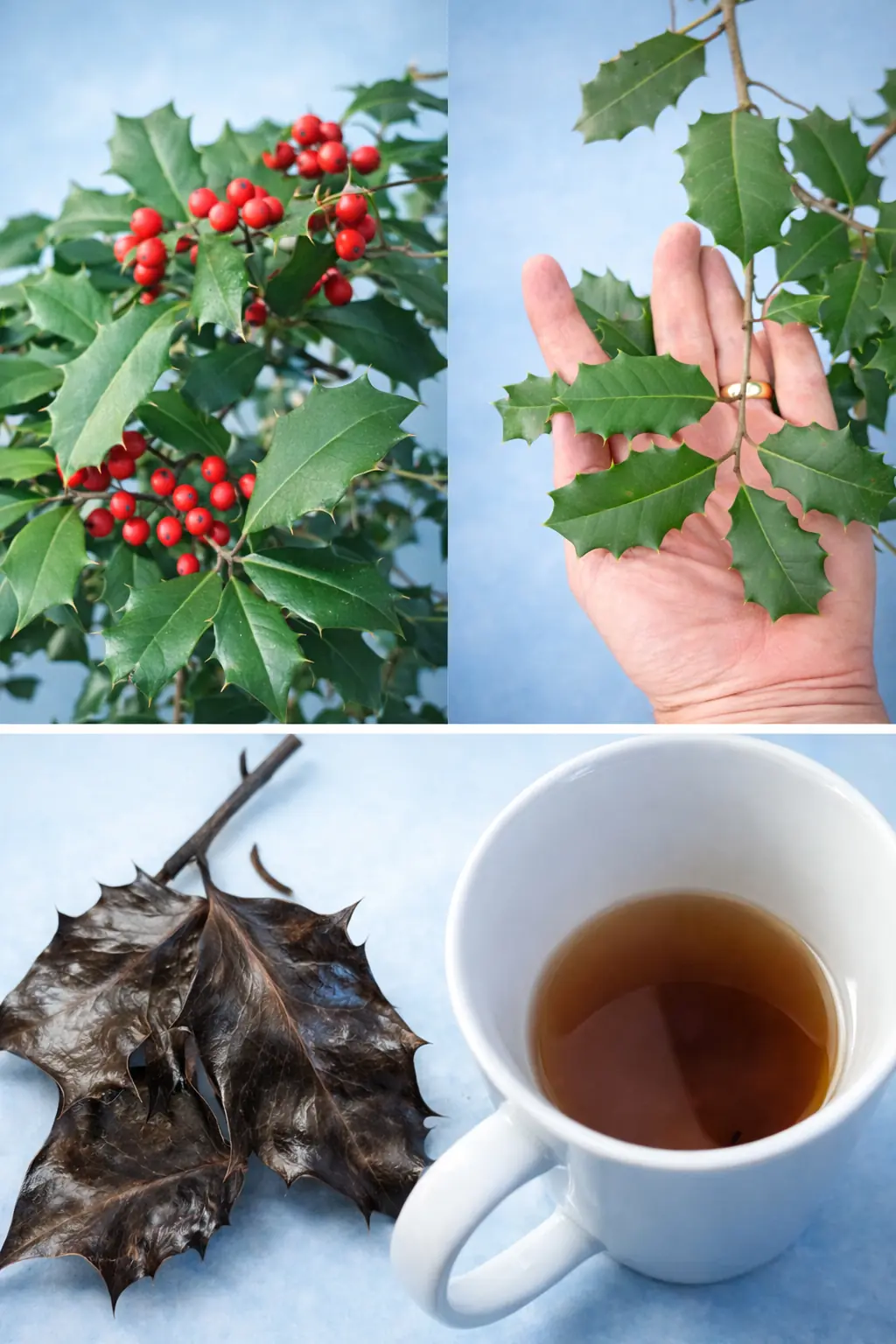
The Hidden Power of American Holly (Ilex opaca): More Than a Holiday Symbol
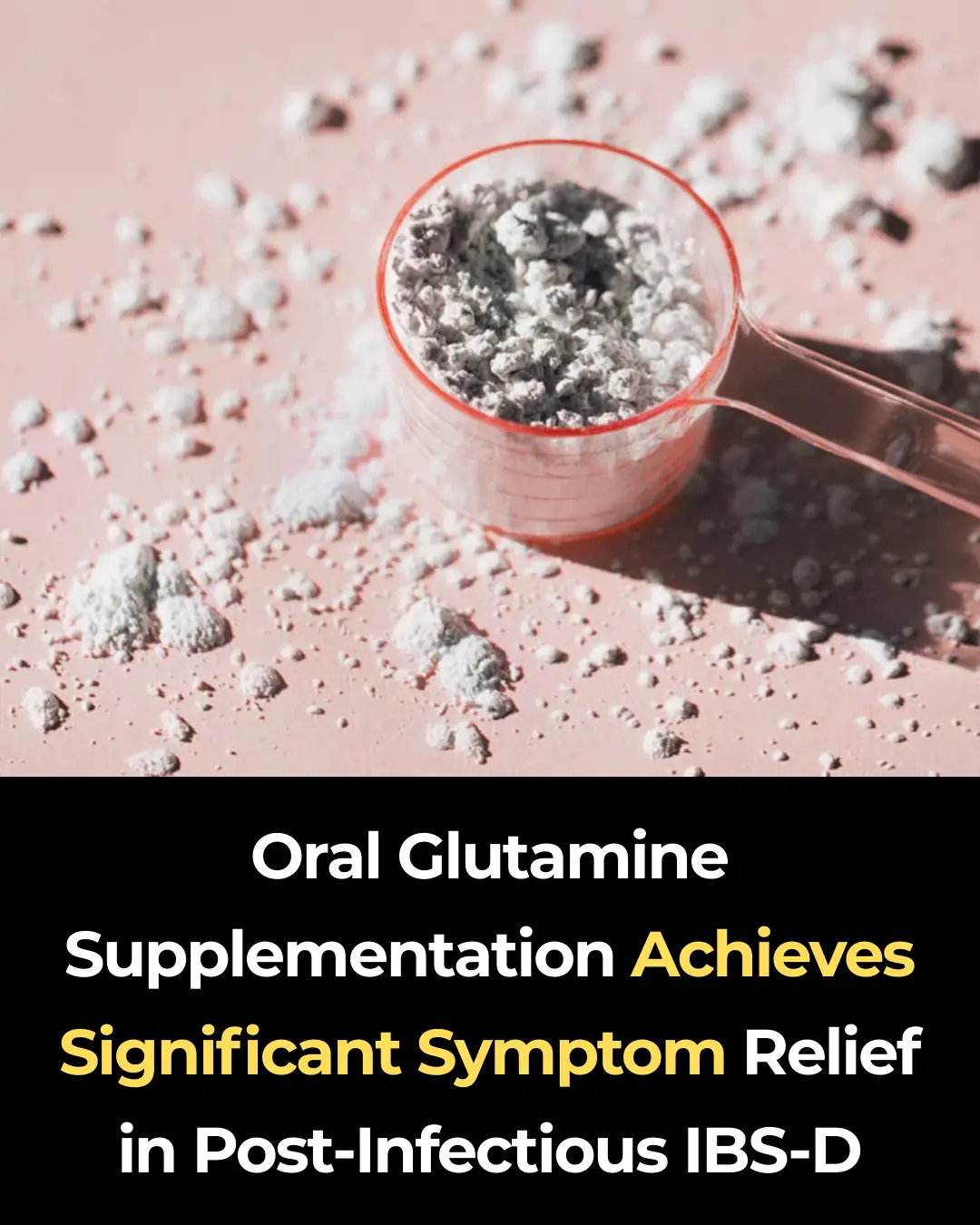
Oral Glutamine Supplementation Achieves Significant Symptom Relief in Post-Infectious IBS-D
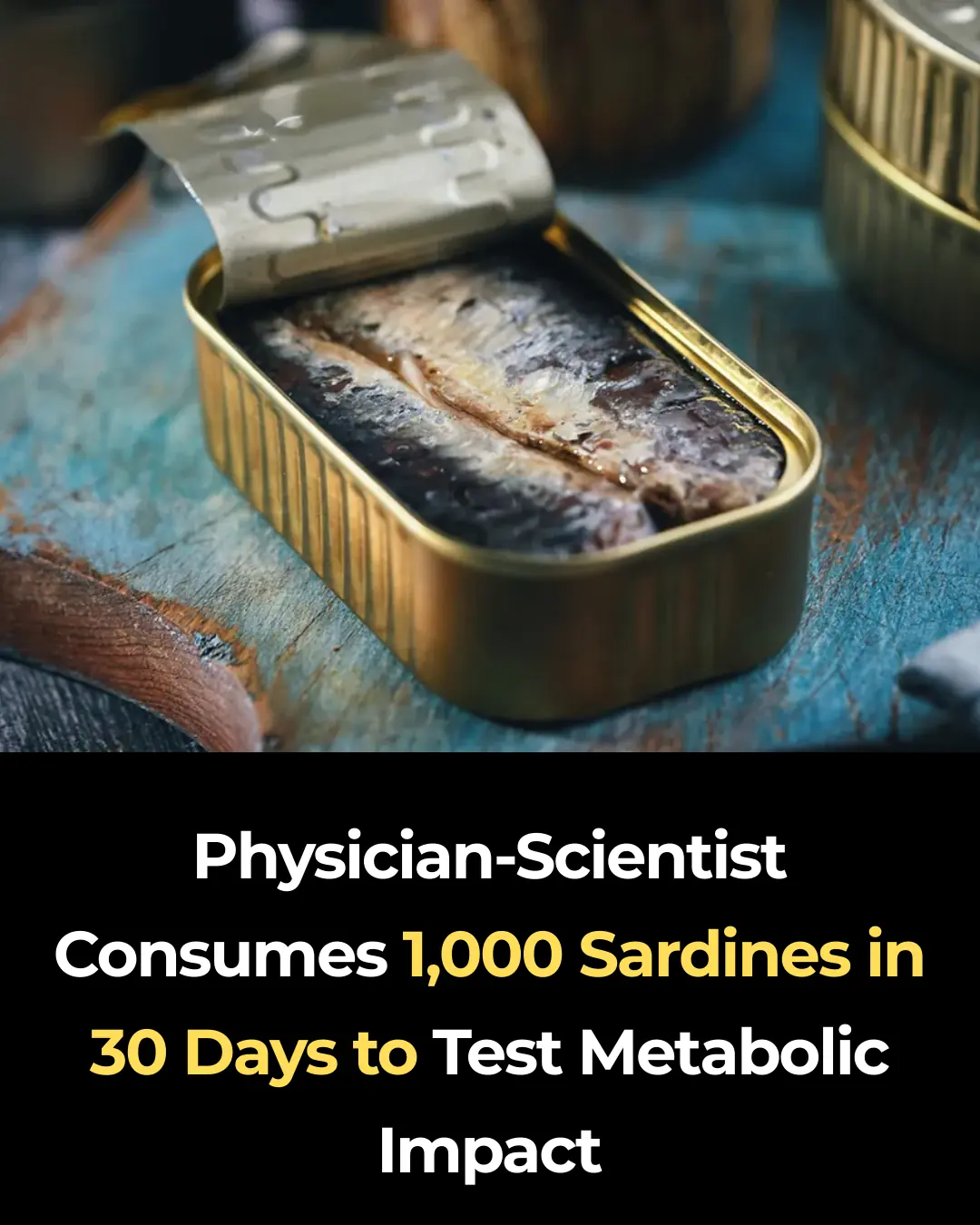
Physician-Scientist Consumes 1,000 Sardines in 30 Days to Test Metabolic Impact
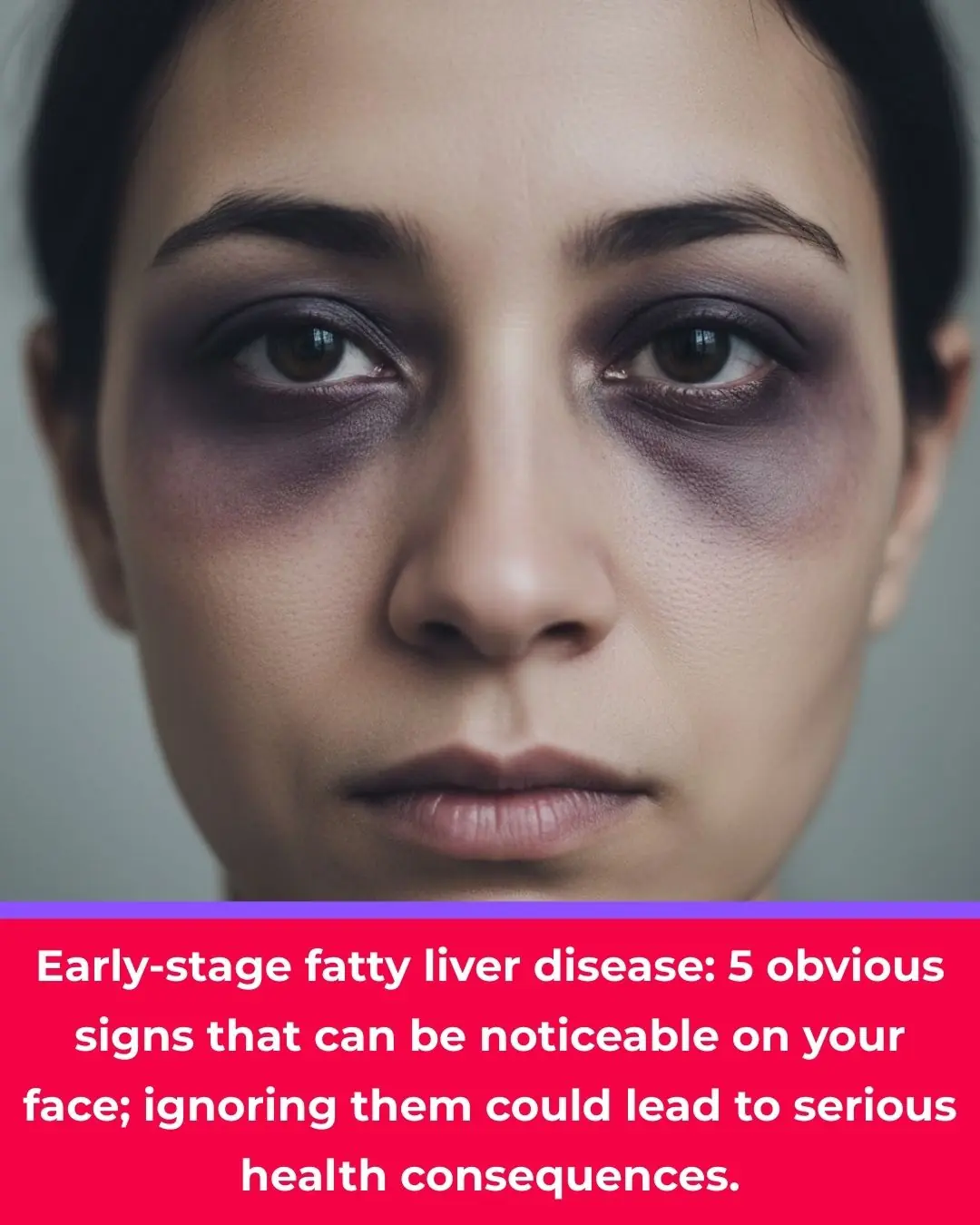
Early-Stage Fatty Liver: 5 Facial Signs You Should Never Ignore

Specific Extremely Low-Frequency Electromagnetic Field Inhibits Melanoma Cancer Cell Growth In Vitro
News Post

You’re Doing It All Wrong: The Right Way to Store Winter Coats

I Found a Tiny Red Object With Metal Prongs in My Kitchen Drawer — Here’s What It Actually Is
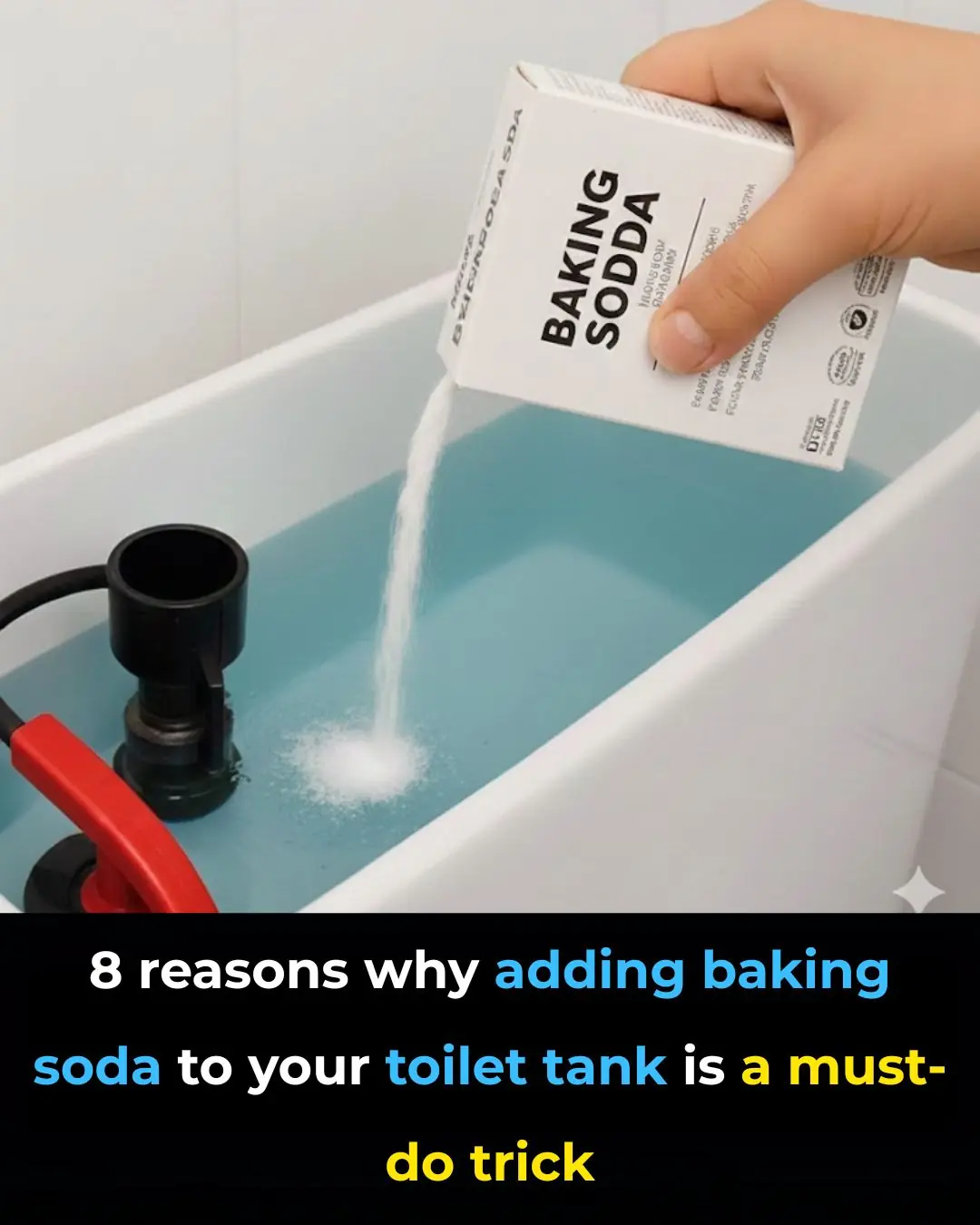
8 Reasons Why Adding Baking Soda to Your Toilet Tank Is a Must-Try Trick

Quick Ways to Stop a Draft Under Your Front Door — While You Wait for the Handyman

Most People Will Go Their Entire Lives Without Knowing What the Decorative Bands on Bath Towels Really Mean

12 Things That Seem Rude But Are Secretly Signs of Wisdom

Japan Just Hit 100,000 Citizens Over 100-Years-Old — Their Longevity Secret Isn’t What You’d Think

High Blood Pressure: Silent Symptoms That Damage Your Body
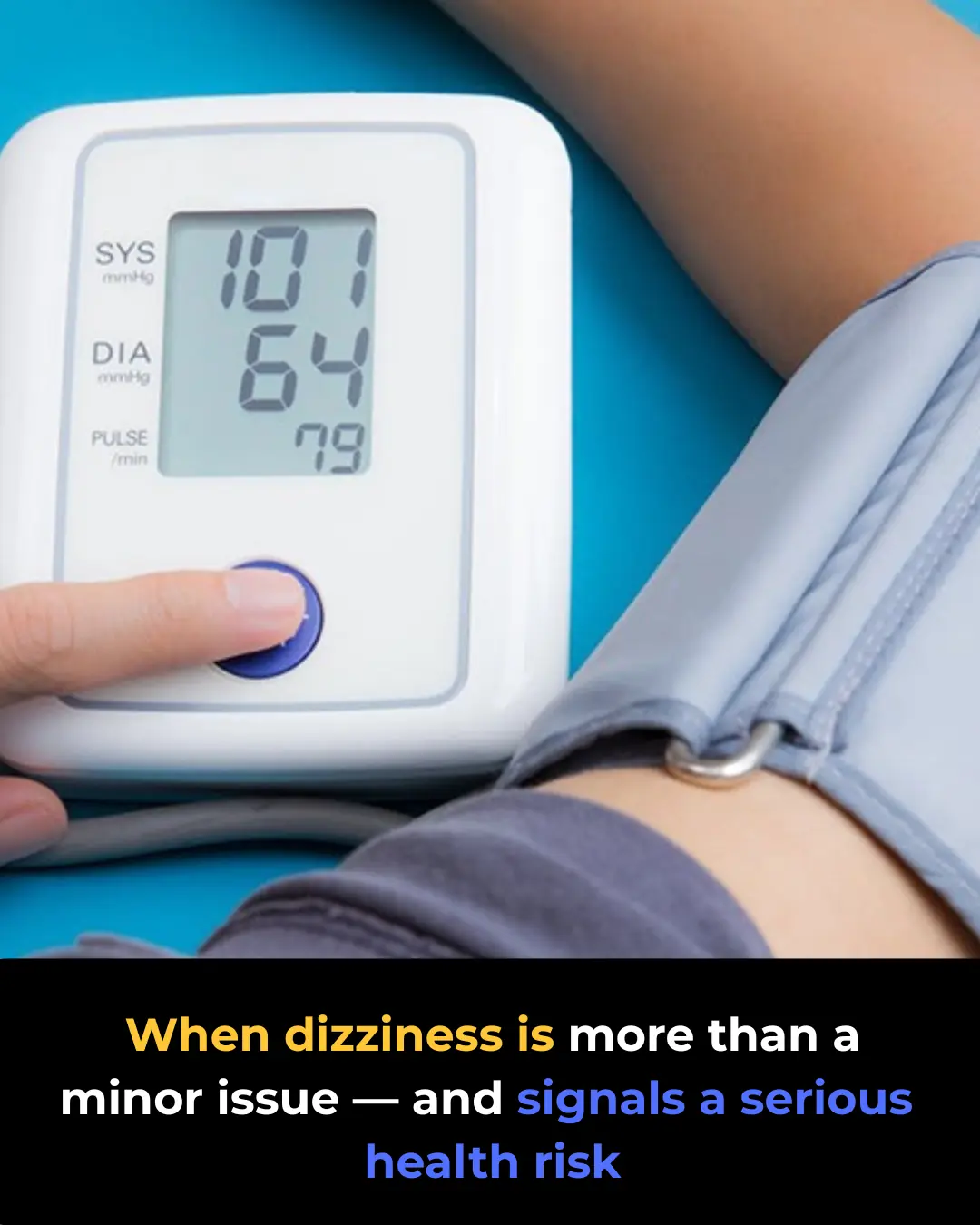
Low Blood Pressure: When Dizziness Becomes Dangerous

Hypertension Crisis: Warning Signs You Need Immediate Care

Uncontrolled Blood Pressure: Hidden Risks to the Heart and Brain

Shortness of Breath: When It Signals a Serious Lung Problem

High Liver Enzymes: What Blood Tests Are Telling You

Why Highly Intelligent People Enjoy What Most People Avoid

12 Statements That Protect Your Self-Respect and Emotional Boundaries

Your Social Brain Starts Working Before You Can Smile

11 Polite Phrases Intelligent People Use to End Pointless Arguments

Man in Turkey Joins Search Party for Himself After Wandering into the Forest

Quality Over Quantity: The Power of a Few Real Ones in Life’s Tough Moments
